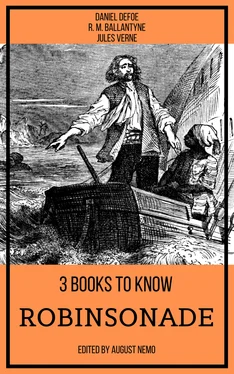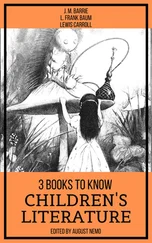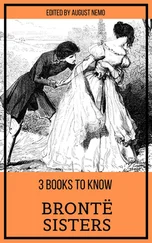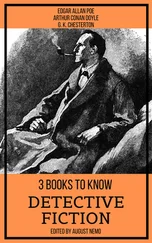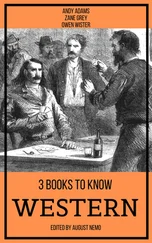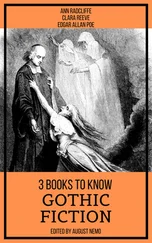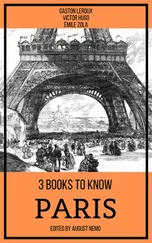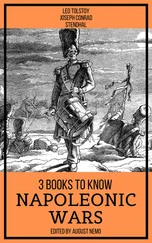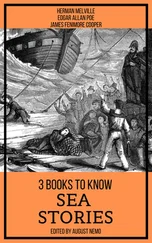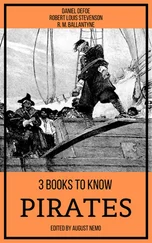“Well, you must know,” began Peterkin, “that the very day before I went to sea I was greatly taken up with a game at hockey, which I was playing with my old school-fellows for the last time before leaving them. — You see I was young then, Ralph.” Peterkin gazed, in an abstracted and melancholy manner, out to sea. —“Well, in the midst of the game, my uncle, who had taken all the bother and trouble of getting me bound ‘prentice and rigged out, came and took me aside, and told me that he was called suddenly away from home, and would not be able to see me aboard, as he had intended. ‘However,’ said he, ‘the captain knows you are coming, so that’s not of much consequence; but as you’ll have to find the ship yourself, you must remember her name and description. D’ye hear, boy?’ I certainly did hear, but I’m afraid I did not understand; for my mind was so taken up with the game, which I saw my side was losing, that I began to grow impatient, and the moment my uncle finished his description of the ship and bade me good-bye I bolted back to my game, with only a confused idea of three masts, and a green-painted taffrail, and a gilt figurehead of Hercules with his club at the bow. Next day I was so much cast down with everybody saying good-bye, and a lot o’ my female friends cryin’ horribly over me, that I did not start for the harbour, where the ship was lying among a thousand others, till it was almost too late. So I had to run the whole way. When I reached the pier, there were so many masts, and so much confusion, that I felt quite humble-bumbled in my faculties. ‘Now,’ said I to myself, ‘Peterkin, you’re in a fix.’ Then I fancied I saw a gilt figurehead and three masts belonging to a ship just about to start; so I darted on board, but speedily jumped on shore again when I found that two of the masts belonged to another vessel and the figurehead to a third! At last I caught sight of what I made sure was it — a fine large vessel just casting off her moorings. The taffrail was green. Three masts — yes, that must be it — and the gilt figurehead of Hercules. To be sure, it had a three-pronged pitchfork in its hand instead of a club; but that might be my uncle’s mistake, or perhaps Hercules sometimes varied his weapons. ‘Cast off!’ roared a voice from the quarter-deck. ‘Hold on!’ cried I, rushing frantically through the crowd. ‘Hold on! hold on!’ repeated some of the bystanders, while the men at the ropes delayed for a minute. This threw the captain into a frightful rage; for some of his friends had come down to see him off, and having his orders contradicted so flatly was too much for him. However, the delay was sufficient. I took a race and a good leap; the ropes were cast off; the steam-tug gave a puff, and we started. Suddenly the captain walks up to me: ‘Where did you come from, you scamp, and what do you want here?’
“‘Please, sir,’ said I, touching my cap, ‘I’m your new ‘prentice come aboard.’
“‘New ‘prentice!’ said he, stamping; ‘I’ve got no new ‘prentice. My boys are all aboard already. This is a trick, you young blackguard! You’ve run away, you have!’ And the captain stamped about the deck and swore dreadfully; for, you see, the thought of having to stop the ship and lower a boat and lose half-an-hour, all for the sake of sending a small boy ashore, seemed to make him very angry. Besides, it was blowin’ fresh outside the harbour, so that to have let the steamer alongside to put me into it was no easy job. Just as we were passing the pier-head, where several boats were rowing into the harbour, the captain came up to me.
“‘You’ve run away, you blackguard!’ he said, giving me a box on the ear.
“‘No, I haven’t!’ said I angrily, for the box was by no means a light one.
“‘Hark’ee, boy, can you swim?’
“‘Yes,’ said I.
“‘Then do it!’ and seizing me by my trousers and the nape of my neck, he tossed me over the side into the sea. The fellows in the boats at the end of the pier backed their oars on seeing this; but observing that I could swim, they allowed me to make the best of my way to the pier-head. — So you see, Ralph, that I really did swim my first homeward voyage.”
Jack laughed, and patted Peterkin on the shoulder.
“But tell us about the candle-nut tree,” said I. “You were talking about it.”
“Very true,” said Jack; “but I fear I can remember little about it. I believe the nut is about the size of a walnut; and I think that the leaves are white, but I am not sure.”
“Eh! ha! hum!” exclaimed Peterkin; “I saw a tree answering to that description this very day.”
“Did you?” cried Jack. “Is it far from this?”
“No, not half-a-mile.”
“Then lead me to it,” said Jack, seizing his axe.
In a few minutes we were all three pushing through the underwood of the forest, headed by Peterkin.
We soon came to the tree in question, which, after Jack had closely examined it, we concluded must be the candle-nut tree. Its leaves were of a beautiful silvery white, and formed a fine contrast to the dark-green foliage of the surrounding trees. We immediately filled our pockets with the nuts, after which Jack said:
“Now, Peterkin, climb that cocoa-nut tree and cut me one of the long branches.”
This was soon done; but it cost some trouble, for the stem was very high, and as Peterkin usually pulled nuts from the younger trees, he was not much accustomed to climbing the high ones. The leaf or branch was a very large one, and we were surprised at its size and strength. Viewed from a little distance, the cocoa-nut tree seems to be a tall, straight stem, without a single branch except at the top, where there is a tuft of feathery-looking leaves that seem to wave like soft plumes in the wind. But when we saw one of these leaves or branches at our feet, we found it to be a strong stalk, about fifteen feet long, with a number of narrow, pointed leaflets ranged alternately on each side. But what seemed to us the most wonderful thing about it was a curious substance resembling cloth, which was wrapped round the thick end of the stalk where it had been cut from the tree. Peterkin told us that he had the greatest difficulty in separating the branch from the stem on account of this substance, as it was wrapped quite round the tree, and, he observed, round all the other branches, thus forming a strong support to the large leaves while exposed to high winds. When I call this substance cloth I do not exaggerate. Indeed, with regard to all the things I saw during my eventful career in the South Seas, I have been exceedingly careful not to exaggerate, or in any way to mislead or deceive my readers. This cloth, I say, was remarkably like to coarse brown cotton cloth. It had a seam or fibre down the centre of it, from which diverged other fibres, about the size of a bristle. There were two layers of these fibres, very long and tough, the one layer crossing the other obliquely, and the whole was cemented together with a still finer fibrous and adhesive substance. When we regarded it attentively, we could with difficulty believe that it had not been woven by human hands. This remarkable piece of cloth we stripped carefully off, and found it to be above two feet long by a foot broad, and we carried it home with us as a great prize.
Jack now took one of the leaflets, and cutting out the central spine or stalk, hurried back with it to our camp. Having made a small fire, he baked the nuts slightly and then peeled off the husks. After this he wished to bore a hole in them, which, not having anything better at hand at the time, he did with the point of our useless pencil-case. Then he strung them on the cocoa-nut spine, and on putting a light to the topmost nut we found, to our joy, that it burned with a clear, beautiful flame, upon seeing which Peterkin sprang up and danced round the fire for at least five minutes in the excess of his satisfaction.
Читать дальше
